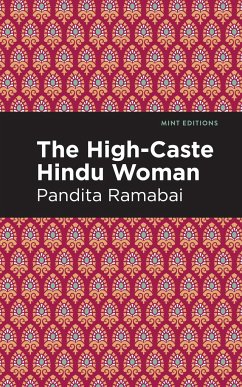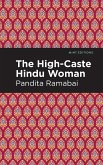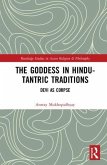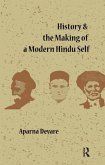Addressing herself to an American audience, Pandita Ramabai introduces the reader of The High-Caste Hindu Woman to the lives of Indian women fortunate enough to be born into the Brahman caste. Despite their supposedly fortunate status, these women not only suffered from a lack of education, but risked punishment for transgressing the rules of men.








